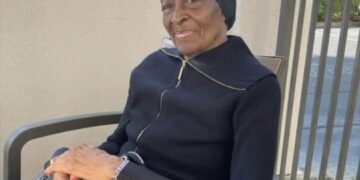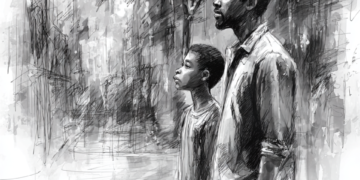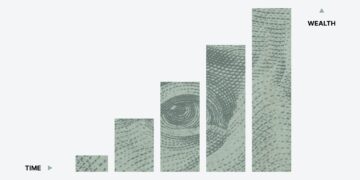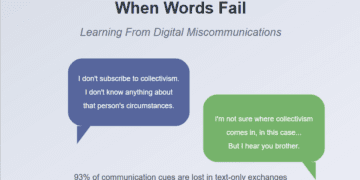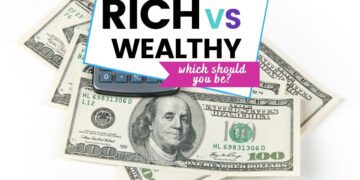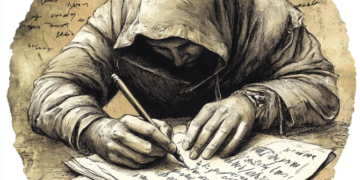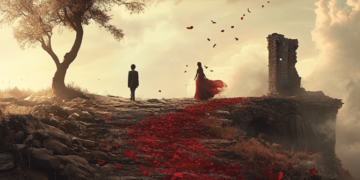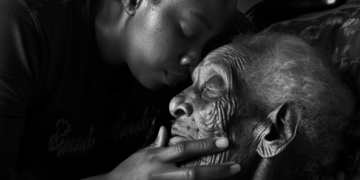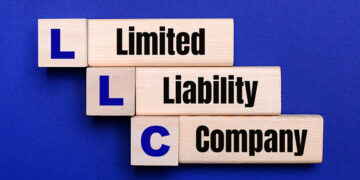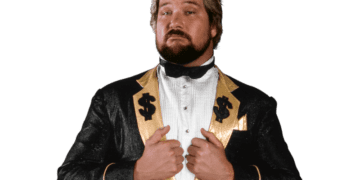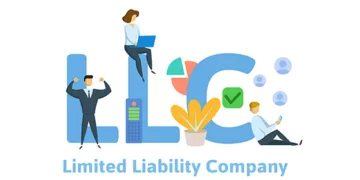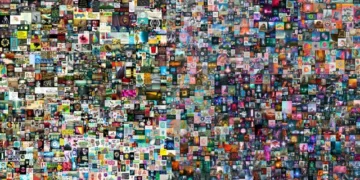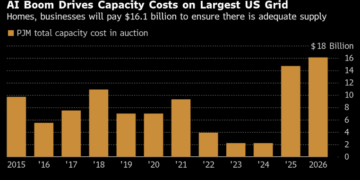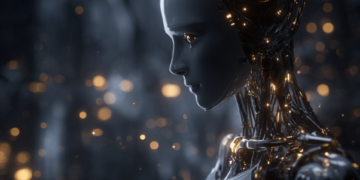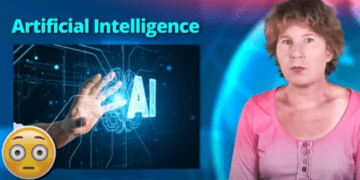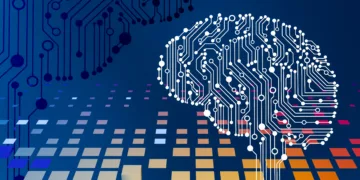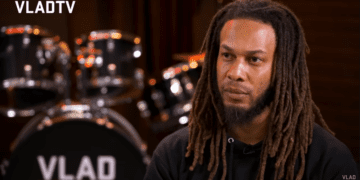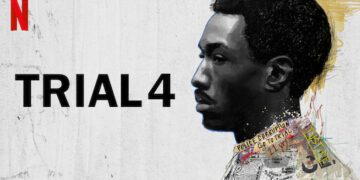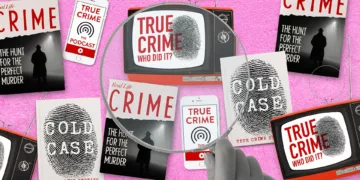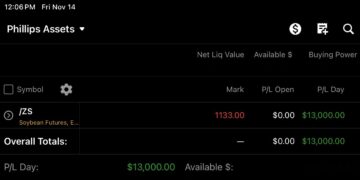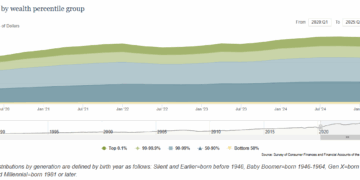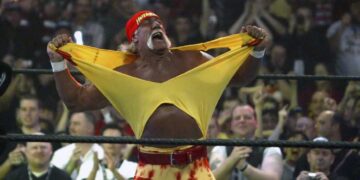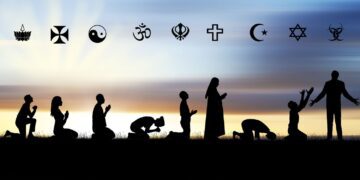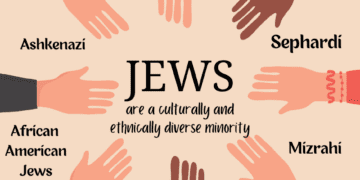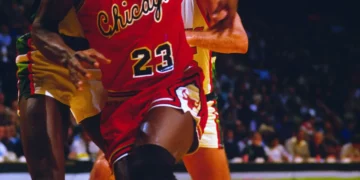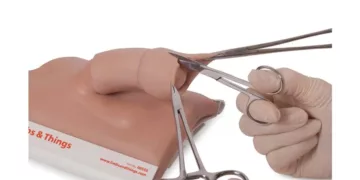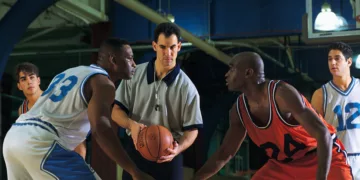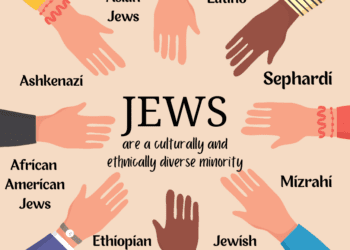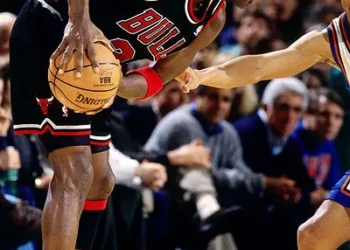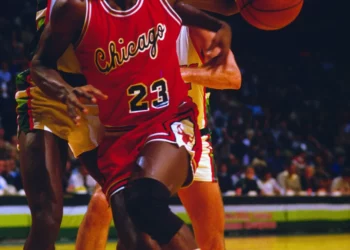Yesterday, the wrestling world lost a legend. Hulk Hogan passed away at age 71 from cardiac arrest at his home in Clearwater, Florida, and man, I’m telling you, this one hits different. Growing up, I was a die-hard wrestling fan—talking about the Golden Era all the way up to the Attitude Era. And there was nobody, and I mean nobody, bigger than the Hulkster.
The Garden Where Legends Were Made
Yo, let me tell y’all about this one time my pops took me to the Garden. Madison Square Garden, baby—the mecca of sports entertainment. I’m talking about when I was maybe eight, nine years old, rocking my little Hulkamania t-shirt that was way too big for me. We walking up them steps, and I’m hearing this rumble, this energy that’s just building and building.
Then that music hit. You know the one—”Real American” by Rick Derringer. And when Hulk Hogan came through that curtain, brother, the whole place just erupted. I ain’t never heard nothing like it in my life. Grown men losing their minds, kids screaming at the top of their lungs, and my pops—this tough dude from Harlem—he was right there with ’em, going crazy. That’s when I knew this wrestling thing was something special.
The technical aspects of professional wrestling entertainment often focus on in-ring storytelling and character development. Hogan mastered both elements through his larger-than-life persona and his ability to connect with audiences across demographic lines. His matches followed a predictable formula—adversity, comeback, victory—but the execution was flawless every single time.
Wrestling with Family
Me and my cousin Kevin, we used to watch everything on TV and pay-per-view. And yo, we was dangerous after watching Hogan matches. We’d be in the living room trying to do the leg drop, practicing that ear-cupping thing he did when he wanted the crowd to get louder. Kevin always wanted to be the bad guy so I could be Hogan, and man, we probably broke half the furniture trying to recreate those matches.
But that’s what Hogan did—he made wrestling feel accessible. He made it feel like something we could be part of, you know what I’m saying? It wasn’t just entertainment; it was inspiration.
“Let me tell you something, brother!”
That catchphrase alone probably influenced how half my generation talked for years. The man had charisma that just couldn’t be taught.
The Heel Turn That Shocked the World

Now here’s where it gets real interesting. When Hogan turned heel in 1996 and became Hollywood Hogan, leading the New World Order, I was actually excited. The NWO storyline quickly became one of the hottest in not just professional wrestling, but pop culture at the time, and seeing this character evolution was fascinating from a narrative perspective.
The strategic decision to transform wrestling’s biggest hero into its most prominent villain demonstrated sophisticated understanding of audience psychology and long-term storytelling. This character development revitalized not only Hogan’s career but the entire wrestling industry during the Monday Night Wars.
That black and white nWo shirt? Man, I had to have one. Seeing Hogan with the dyed black beard, throwing around that leg drop like he owned the place—it was a whole different energy, but it was still magnetic.
Confronting the Complex Legacy
Look, I gotta keep it real here. I know Hogan had his demons. There have been comments and situations that hurt people, particularly regarding racial issues. The man addressed those situations and asked for forgiveness, and I understand if folks feel a certain way about that. We all got our struggles, our moments where we fall short. As it says in John 8:7, “Let any one of you who is without sin be the first to throw a stone.”
This doesn’t excuse anything or minimize the pain those words caused. But for me personally, I’m able to separate the childhood memories from the man’s imperfections. Everyone’s entitled to their own feelings on this, and I respect that completely.
The Lasting Impact of Hulkamania
What can’t be denied is the cultural impact this man had. Hogan is widely credited for helping to turn professional wrestling from a regional attraction to a mainstream phenomenon in the 1980s. Before Hulk Hogan, wrestling was niche. After Hulk Hogan, it was everywhere—Saturday morning cartoons, movies, mainstream media coverage.
The technical transformation of sports entertainment during the Hulkamania era established foundational elements that still influence the industry today. The integration of celebrity culture, merchandising, and cross-platform media presence created a template that modern wrestling continues to follow.
He taught us to train hard, say our prayers, and eat our vitamins. Simple messages, but they resonated with millions of kids who needed positive role models. That’s real impact right there.
Rest in Paradise, Hulkster
So yeah, man, yesterday we lost somebody who was a huge part of not just wrestling history, but American pop culture. For cats like me who grew up during Hulkamania, this feels like losing a piece of our childhood.
The memories are what matter now—that feeling in the Garden when 20,000 people lost their minds, those living room wrestling sessions with Kevin, the excitement of seeing what Hollywood Hogan would do next. That’s the legacy that lives on.
As we remember Terry “Hulk Hogan” Bollea today, we celebrate not just a wrestler, but a cultural phenomenon who touched millions of lives across generations. Whether you loved him or had complicated feelings about him, there’s no denying the mark he left on this world.
“Whatcha gonna do when Hulkamania runs wild on you?!”
“Let me tell you something, brother!”
“Eat your vitamins and say your prayers.”
Rest in paradise, Hulkster. You’ll always be legendary in my book.
Hulk Hogan (Terry Gene Bollea) 1953-2025



